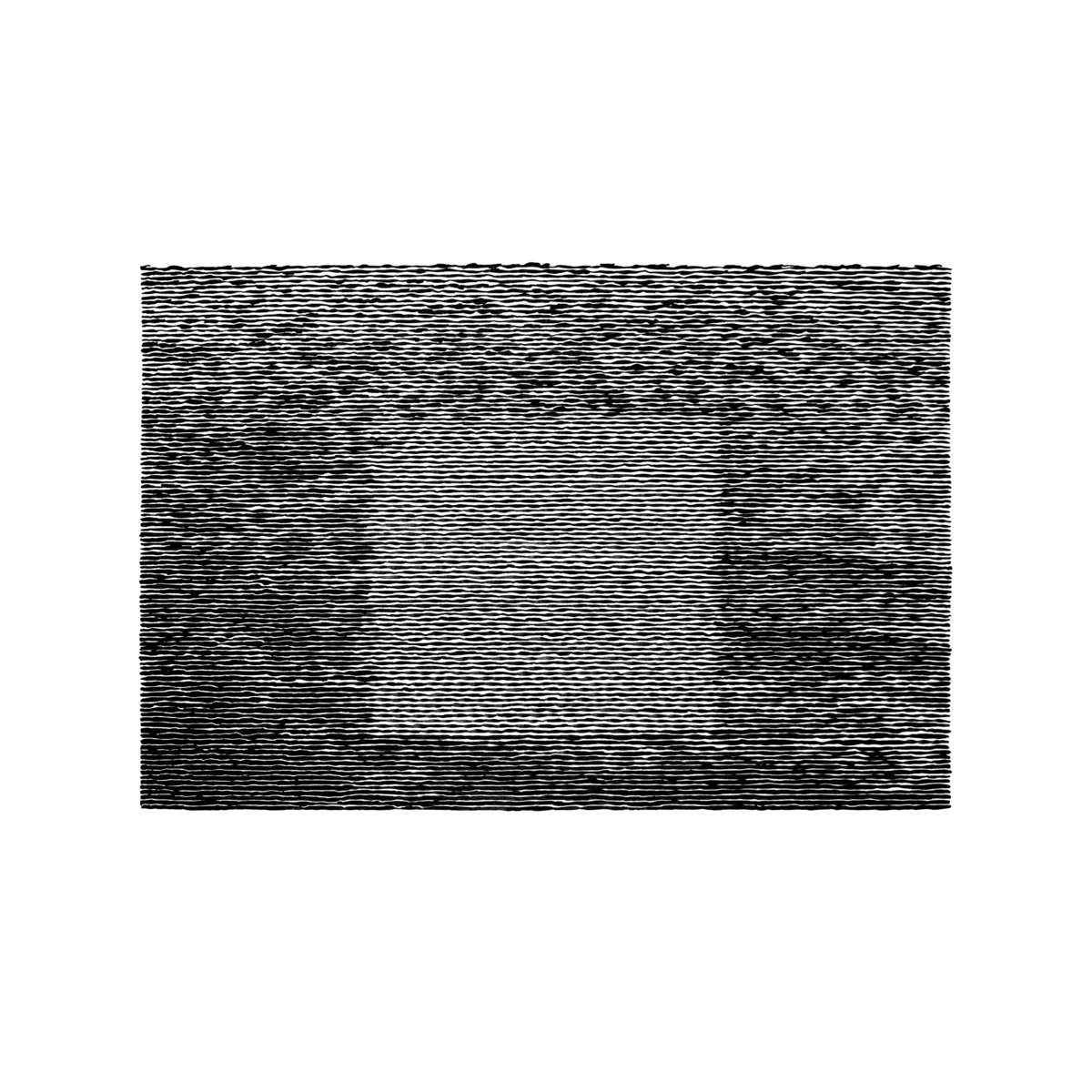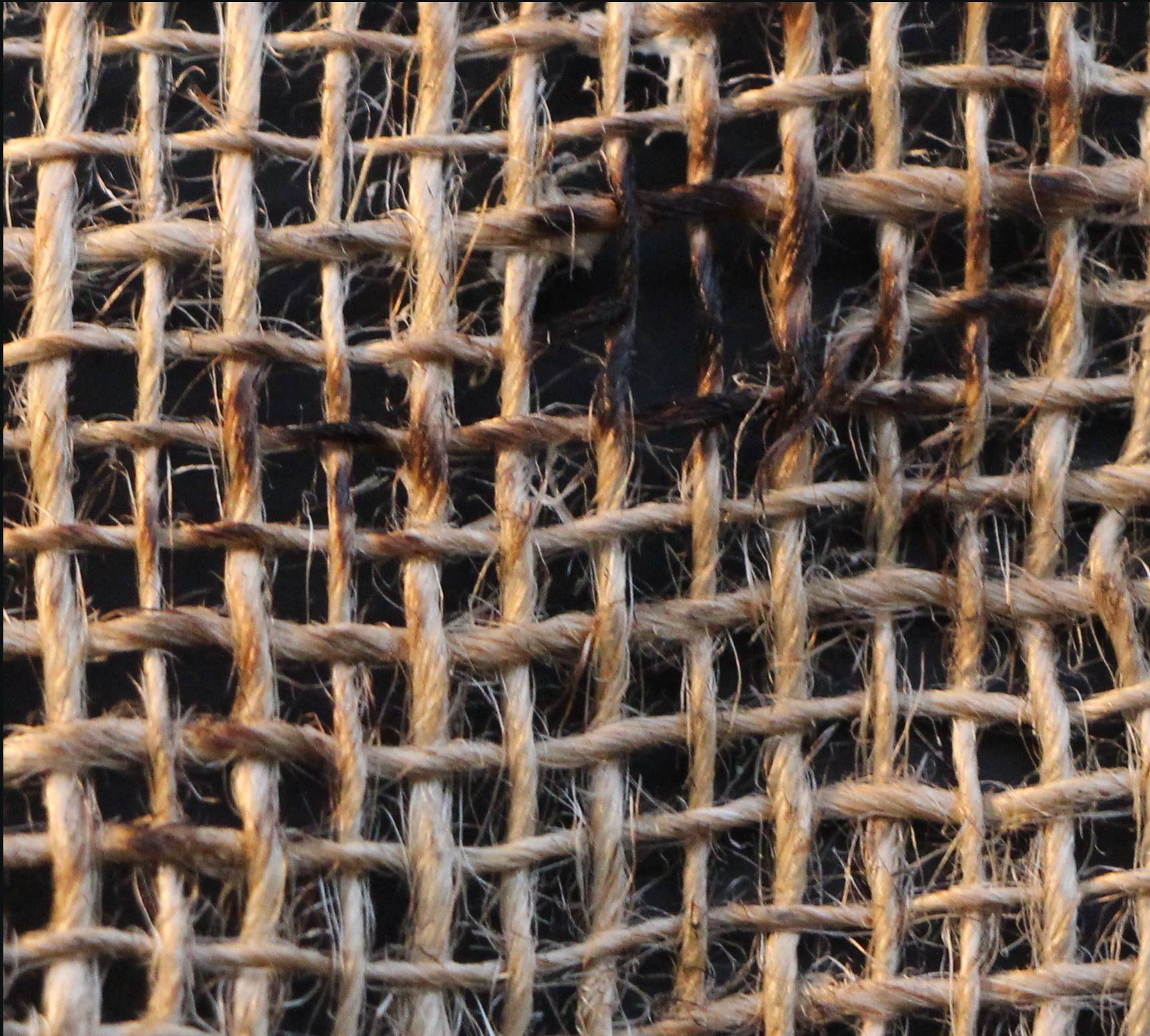Across the six hours that comprise l'âme est sans retenue I, Jürg Frey presents a carefully considered assemblage of field recordings and silence. The organizational structure of the piece is simple and austere: field recordings fade in, are left to simply exist, and then fade out into silence. Both of these elements span approximately ten to thirty seconds and this alternation occurs until a longer period of silence emerges. In the long tradition of Wandelweiser, Frey's arrangement makes an irrefutable case for the importance of silence in composition. And as with countless other works, this privileging of silence as compositional material allows for a consideration of our listening environment as a wellspring of its own musical details.
The field recordings that appear on l'âme est sans retenue I were recorded during the final months of 1997 in a Berlin park. There’s little, if anything, that would help one identify the location or date of the source material though. This proves beneficial as it strikes down any reading of the recordings as highly personal and prevents one from viewing the composition as an aural travelogue or a snapshot of a specific place and time. To be certain, this is a composition that wants us to experience sound strictly as sound. This is obvious given that the sounds Frey recorded often have a muted quality to them, resembling white noise. The brevity of the field recordings’ appearances further crystallizes their status as unglamorized material. Consider, for example, how different the piece would sound with classical instruments. The inherent emotional quality in the timbre of strings or of pressure placed upon piano keys would dramatically alter our reception of the composition. There are no overtly emotional aspects to the recordings, and this is paramount to the piece’s success.
The decision to include a fading out of sound into silence is significant as it directs our ears from Frey’s field recordings to the silence he employs and then ultimately to our own surroundings. The result is a recognition of the expanded and reversed figure-ground relationship at play. Since the large majority of l’âme est sans retenue I is silence, we perceive this silence as the ground with which the sound acts upon. The presence of a “digital silence” is thus crucial as it pushes our understanding of the ground beyond what’s only present on the album to what’s also in our own listening environment. At the same time, one is hard-pressed to imagine how the alternative—an environment-sourced, Cageian non-silence—could have been utilized given the composition’s conceit.
The structure of l’âme est sans retenue I fosters a relationship between the listener and the piece that is in ways both predictable and not. The amount of time that both the field recordings and silence lasts is established within the first few minutes of the piece, making the pacing of this back-and-forth quickly familiar. Since l’âme est sans retenue I is spread across five discs, one is forced to remove oneself from the piece four times if rips of the CDs weren't previously made. It's a wise move, then, to have each disc start with sound; listeners can recalibrate with the composition’s sound-silence rhythm immediately upon pressing play.
The extended periods of silence, however, don't last for equal lengths of time. As such, the recognizable patterns that Frey sets up are constantly stripped away. This removal of consistency stirs a craving for the return of sound, and the fact that we as listeners are unable to foresee the precise moment it reappears makes for a lively listening experience. To be sure, one would be surprised by the reemergence of sound even if the stretches of silence were of equivalent lengths; unless one is keeping track of time, seven minutes of silence aren't particularly distinguishable from eight. Even so, it's safe to say that the varying lengths of silence subvert expectations—during the final hour, two minutes of silence are followed by one that lasts ten—and provide a much larger contrast to the other parts of the composition.
The most refreshing aspect of l’âme est sans retenue I is how its structure, overall length, and field recordings are conducive to a passive engagement with it. For dozens of listens, I treated the piece as one fit for an installation. Accordingly, I would occasionally have the tracks playing on repeat throughout all 24 hours of a day. Playing on speakers in my bedroom, the field recordings' presence would often be shocking upon my return to the room—how could I forget, again, that this was still playing? But even if I had stayed in a closed-off space where the piece was playing, I would frequently forget about the piece during its long silences. This naturally led to several bouts of laughter when the sounds surfaced.
But more than just being surprised and finding it all very humorous, I came to understand the field recordings as an immense source of comfort. This is undoubtedly related to the desire one has to hear something familiar (both of sounds and their internal structures) during the silent sections. Frey is conditioning the listener to become accustomed to silence during these six hours, something that is pivotal in allowing the field recordings to be so evocative. The true marvel of l’âme est sans retenue I is how we aren't necessarily moved by the sounds present within the field recordings, but by sound itself. As previously mentioned, it's the "unglamorized" nature of the field recordings (along with the structure and length of the piece) that confirms this to be Frey's intention.
None of this is to say that an active engagement with l’âme est sans retenue I proves fruitless. There are numerous intriguing sounds that are contained within these field recordings. One of the most arresting segments appears at the end of disc one and the beginning of disc two—a soft but prominent gust of wind blows as chirping birds and a melodic sound akin to bells and synth pads is heard in the distance. It registers as something pensive and wistful, bringing to mind minimal ambient music such as Kazuya Nagaya's Utsuho. Near the end of disc three, the wind blows with a gale-like force. Nestled inside it, though, is a high frequency tone that provides a point of focus and consequent sense of peace in the midst of a raging storm.
Subtle, striking moments such as these are scattered throughout the six hours that make up l’âme est sans retenue I. It brings to mind l’âme est sans retenue III, which was released on Radu Malfatti's b-boim label in 2008. That album contained much longer periods of sound and silence, allowing for a more readily immersive listening experience. Each segment of sound felt distinct and had something (usually a high-pitched ringing) to maintain interest. In a sense, l’âme est sans retenue III is the midpoint between Frey's weites land, tiefe zeit, räume 1-8 and l’âme est sans retenue I. The sounds contained within part one and three of l’âme est sans retenue are sourced from the same recordings, yes, but the long stretches of sound in part three almost diminish the utility of silence to that of a mere cleansing of the aural palette. There's an understanding of silence's role in terms of the piece's structure, but the length of the field recordings overwhelms the listening environment, as is the case for weites land, tiefe zeit, räume 1-8.
When listening to l’âme est sans retenue I, it is impossible to ignore the meticulous structuring of material on display. As previously mentioned, the sound-silence rhythm is crucial, but it's also the sequencing of field recordings that is important. Frey makes this abundantly clear within the first few minutes of the piece. Of the first eight sections of sound, all but the third and fifth are from the same field recording session. There's a recognizable continuity that's broken by these two instances. But then Frey resumes the sound on the third segment with the ninth, and does the same for the fifth segment with the tenth. This intentional reordering discreetly enlivens the field recordings and the listening process.
This juxtaposition of different sounds occurs throughout the piece, but there are also other structurally interesting decisions that Frey makes as well. Halfway into disc two, church bells can be heard and Frey decides to separate two field recordings with only a second of silence. Even so, we hear a distinct difference in the bed of sound that accompanies those bells. Near the beginning of disc four, harsh winds prevail and Frey decreases the silences here to ten seconds in order to capitalize on the ferocity of the environment. Approximately seventeen minutes into disc five, a stretch of alternating sound and silence is amusingly capped off with the sound of a ship's horn. One may not recognize all that Frey does on this record, but one can be sure that Frey has done a lot to ensure that even the ostensibly plain moments will be captivating. Granted, even the fading in and fading out of the field recordings makes the tracing of sound within each segment an enjoyable endeavor.
The l’âme est sans retenue series takes its name from a book by French writer and poet Edmond Jabès. Jabès's interest in the "unwritten word" manifests in his works in various ways, one of which being pages laden with "empty" white space. His influence on Frey is clear. One is tempted to draw additional comparisons to l’âme est sans retenue—the poetry of Mallarmé, the paintings of Fontana, numerous flicker films—but none are quite satisfactory. Visual mediums necessitate an active engagement via sight, and this results in a fundamentally different experience than what one has with this specific piece by Frey.
The strongest analogue that comes to mind is of wearing Molecule 01 by Escentric Molecules. Molecule 01 is a fragrance almost completely made up of the aroma chemical Iso E Super. Iso E Super is present in countless perfumes today and is used to enhance and soften notes, akin to how salt is used in cooking to draw out numerous flavors. Iso E Super has its own distinct smell—a peppery cedar with a tinge of antiseptic alcohol—but the most common result is that those smelling the chemical detect nothing at all. When perceptible, Molecule 01 is subtle and abstract (theoretically, it should amplify your skin's natural scent). One may catch a whiff of the fragrance but it will be intermittent and at varying degrees of strength. The simultaneously passive and active experience of wearing perfume and the quasi-blank nature of Molecule 01's scent provides for an experience that's extremely comparable to that of l’âme est sans retenue I. That I'm unable to think of anything else that provides a similar experience is a testament to how Frey is doing something incredibly unique here, even within the Wandelweiser camp.
Frey composed the l’âme est sans retenue series from 1999-2000. As such, the first part of the series marks Erstwhile Records' first archival release. It doesn't sound the least bit dated, though, and one could easily argue that it sounds refreshing compared to all the melodic compositions that have defined Frey's recent releases. To think that this may have never seen the light of day is shocking; this is the very best piece of music that Frey has ever composed, and is an undeniably essential addition to the Wandelweiser collective's catalogue.








